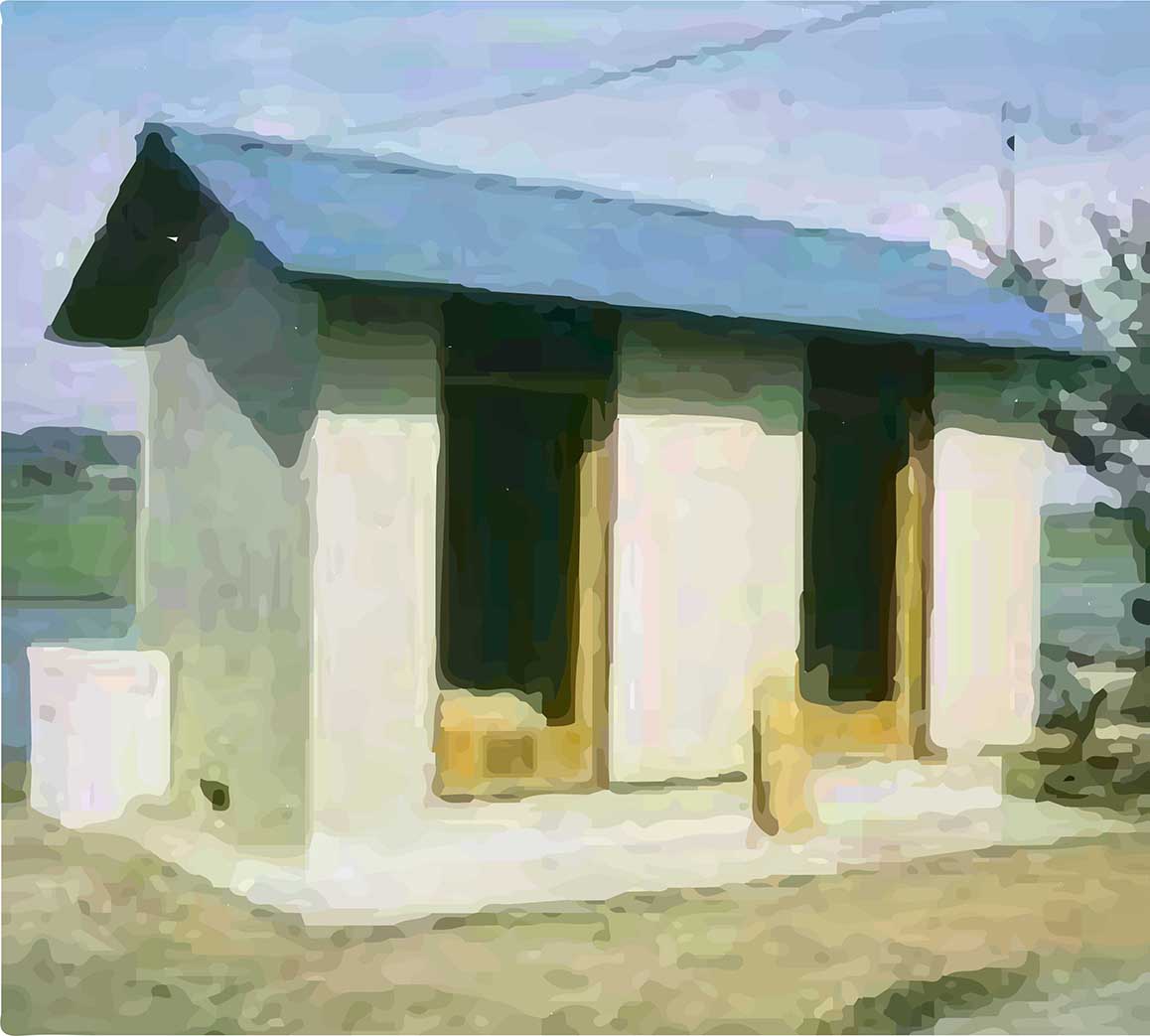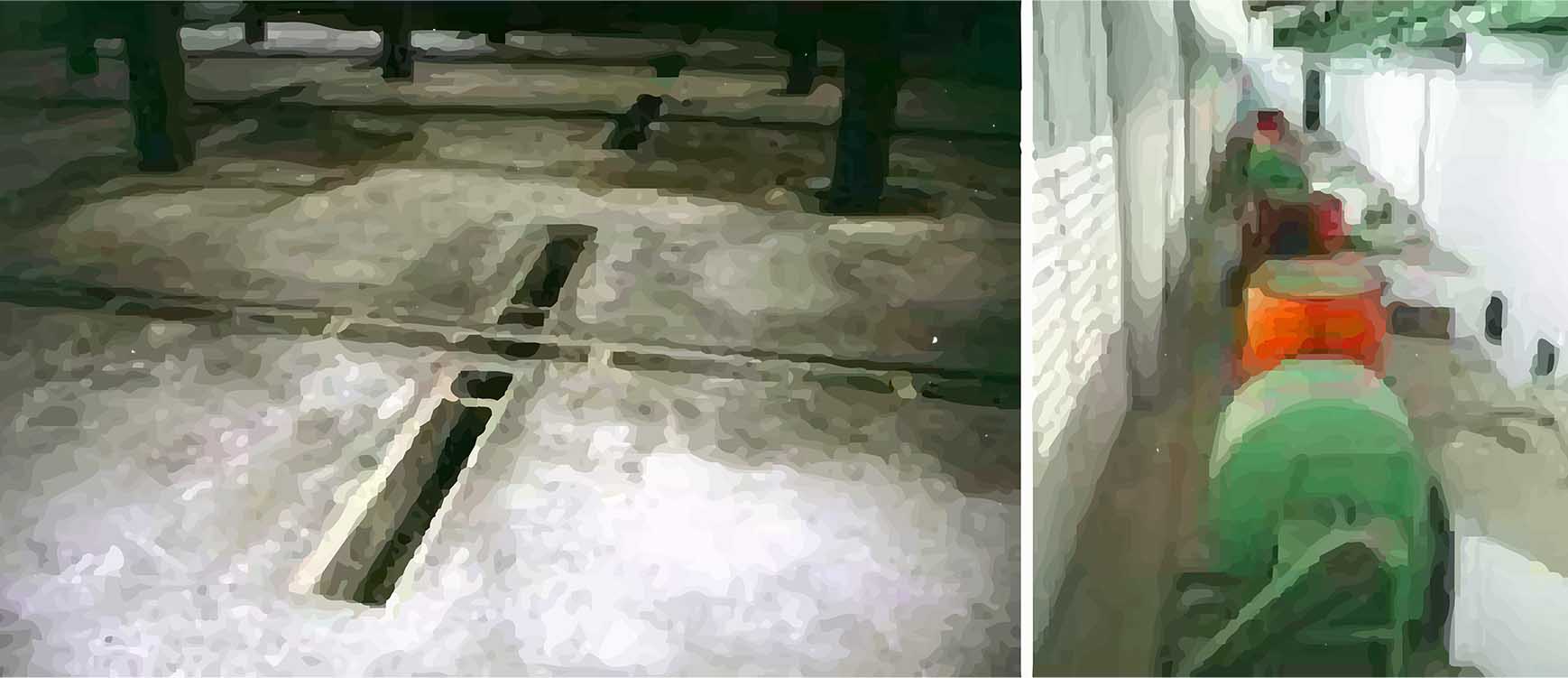In-store drying
 In-store drying (also referred to as low-temperature drying or near ambient air drying) uses a different drying principle than heated air dryers. It utilizes the drying potential of the ambient air which is blown through the grain bulk in the storage bin.
In-store drying (also referred to as low-temperature drying or near ambient air drying) uses a different drying principle than heated air dryers. It utilizes the drying potential of the ambient air which is blown through the grain bulk in the storage bin.
The dryer keeps the relative humidity of the drying air close to the equilibrium relative humidity of the final moisture content. The grain therefore only dries until it reaches equilibrium moisture content and thus, over drying of the bottom layer is minimized.
Options for in-store drying
In store-dryers can be used in the second stage of the two-stage drying strategy, or as a one-stage drying method after harvesting:
- As a second stage drying method
In-store dryers are ideal as a second stage drying method because the slow and gentle drying process maintains the grain quality and low energy requirement leading to low energy cost.
The drying process can take several days to weeks depending on the depth of the grain bulk. Low air velocities of around 0.1m/s are used for very wet grain and thus energy requirement is kept to a minimum. In addition, if the moisture content increases in the storage, the storage facilities can easily be aerated again.
In store-dryers were installed in large numbers on Korean farms for farm level drying. In recent years, it became popular in Thailand as a second stage drying method.
- As one-stage drying method
One-stage in-store drying from harvest (with moisture content as high as 30% down to a level safe for storage) has also been proven to be technically feasible as long as the air velocity is kept constant at 0.1 m/s and grain depth is limited to 2 m. There is, however, the risk of rapid grain deterioration in case of power failure when high initial moisture content is used.











